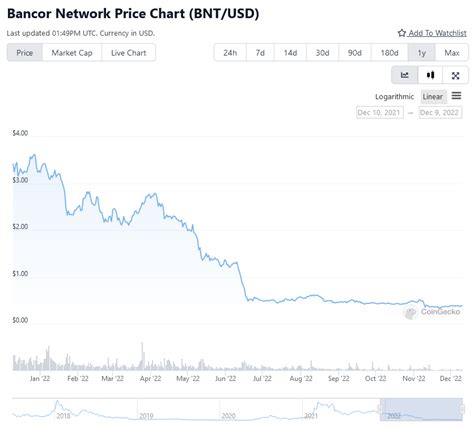“Crypto Trading Strategies: Leveraging Liquid Markets and Efficient Consensus Mechanisms”
In the world of cryptocurrency trading, two key concepts have emerged as critical to success: liquidity and consensus mechanisms. Liquidity refers to the ease with which an asset can be bought or sold at a favorable price, while consensus mechanisms ensure that transactions are executed efficiently and securely.
Liquidity in Crypto Trading
Liquidity is crucial for any trader, but especially in cryptocurrency markets where prices can fluctuate rapidly. A liquid market allows traders to buy and sell assets quickly and at a relatively low cost. In the case of cryptocurrencies, liquidity is often provided by decentralized exchanges (DEXs) such as Uniswap, SushiSwap, and Curve.
These DEXs offer a number of features that allow traders to easily access liquidity, such as:
- Pairing: Traders can create pairs with other assets, allowing them to trade in multiple markets simultaneously.
- Order Routing: Liquidity providers route trades between different exchanges or marketplaces, reducing slippage and increasing trading volume.
- Margin Trading: Trading platforms allow traders to use margin, which allows them to leverage their positions to increase profits.
Consensus Mechanism in Crypto Trading
A consensus mechanism is a crucial aspect of any cryptocurrency exchange. It ensures that transactions are executed efficiently and securely, and prevents malicious actors from manipulating the market. Consensus mechanisms can be categorized into several types:
- Proof-of-Work (PoW): The most common type of consensus mechanism, where nodes on the network compete to solve complex mathematical puzzles to validate transactions.
- Proof-of-Stake (PoS)

: A more energy-efficient alternative to PoW, where validators are selected based on the amount of cryptocurrency they hold rather than solving puzzles.
Arbitrage Strategies
Arbitrage is a trading strategy that takes advantage of price differences between two markets. In crypto trading, arbitrage is about identifying opportunities to buy an asset in one market and sell it elsewhere at a higher price. By leveraging liquidity providers and efficient consensus mechanisms, traders can exploit these price differences to make profits.
Arbitrage Strategy Example
For example, let’s say we want to trade Bitcoin (BTC) on two exchanges: Coinbase Pro and Binance. We identify the following price difference:
- On Coinbase Pro, BTC is trading for $40,000
- On Binance, BTC is trading for $42,500
We can then leverage liquidity providers to buy BTC on Coinbase Pro for $39,500 (the current market price) and sell it on Binance for $42,500. By doing so, we have created an arbitrage opportunity:
Profit:
- Sell for $40,000 (Coinbase Pro)
- Buy for $39,500 (lucrative margin trading)
- Sell for $42,500 (Binance)
This $1,500 profit represents a 3.8% return on investment.
Conclusion
In summary, liquidity and consensus mechanisms are essential components of successful cryptocurrency trading strategies. By taking advantage of decentralized exchanges, proof-of-work or proof-of-stake consensus mechanisms, and efficient arbitrage strategies, traders can make informed decisions and exploit price differences to succeed in the crypto market. As the world of cryptocurrency is constantly evolving, it is crucial for traders to stay up to date with the latest developments and adjust their strategies accordingly.
